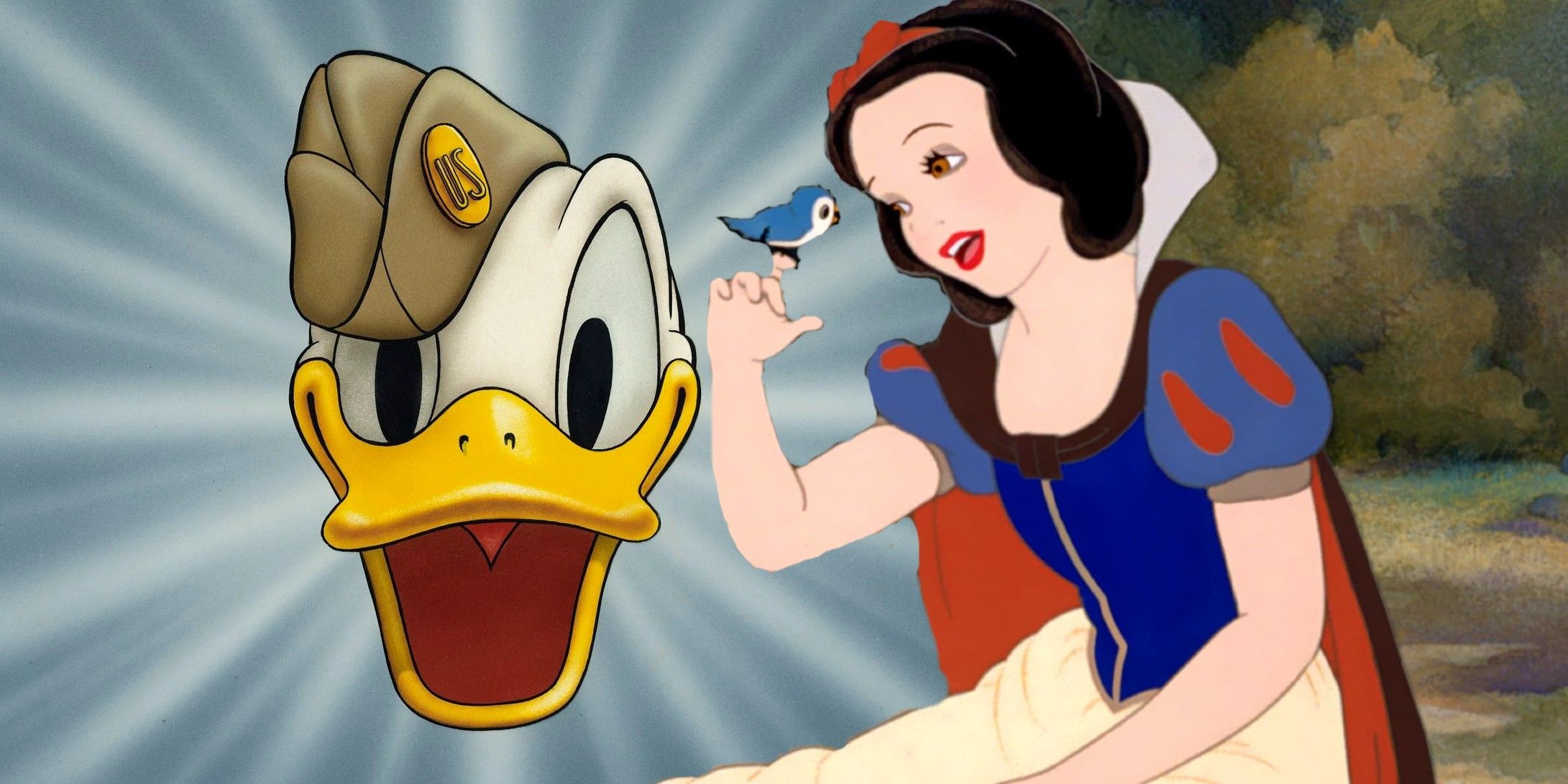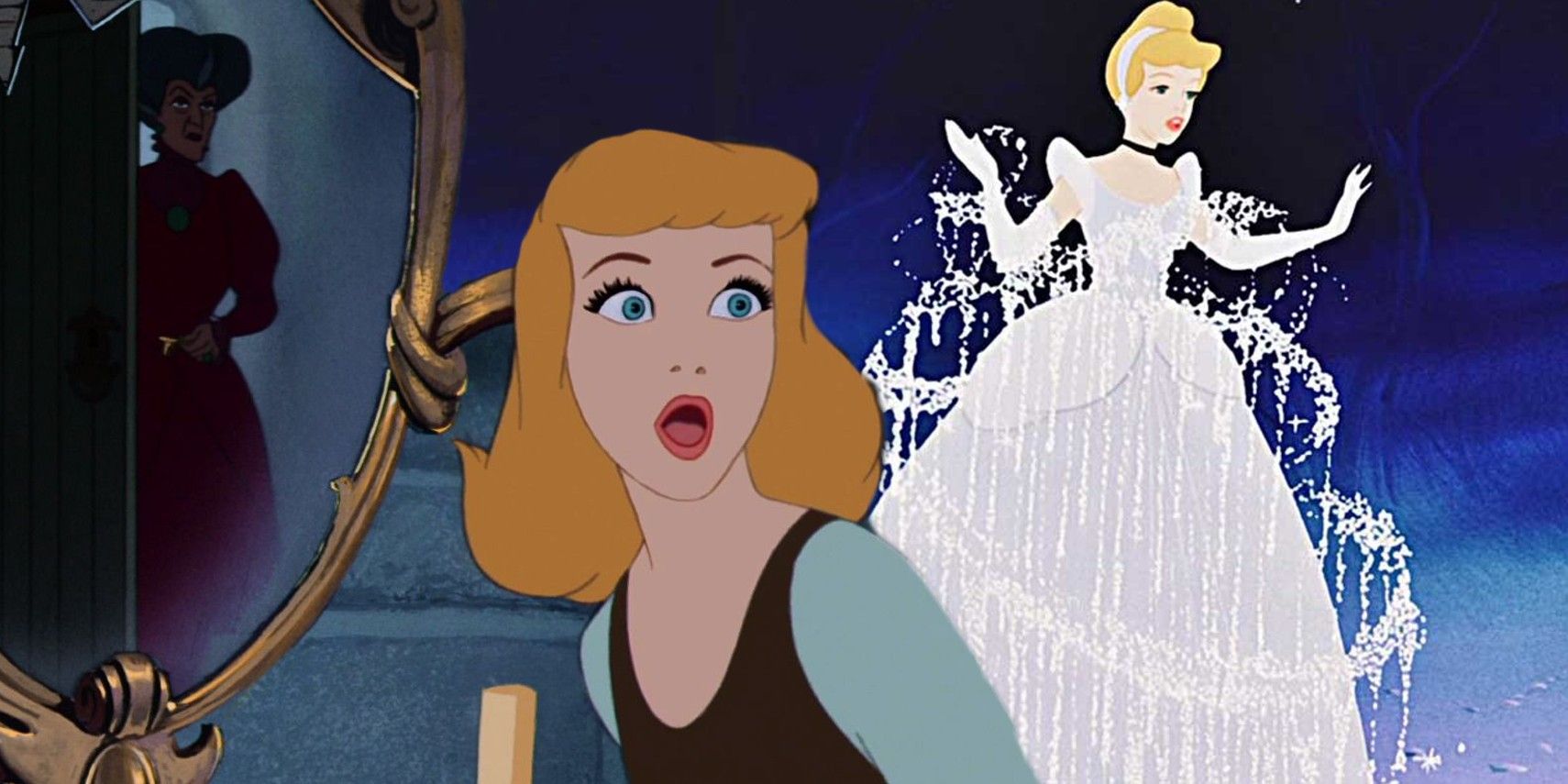Snow White and the Seven Dwarfs was a commercial and critical success for Disney which makes it seem strange that it took Disney thirteen years to make another Princess movie. Snow White and the Seven Dwarfs was released in 1937, as Disney's first full-length animated feature film, and it grossed $8 million internationally compared to its $1.5 million budget. With inflation accounted for, Snow White and the Seven Dwarfs is still in the top 10 highest-grossing traditionally animated films.
In the years between Snow White and the Seven Dwarfs and Disney’s next Princess movie, Cinderella in 1950, Disney produced other forms of animation. Beloved titles such as Pinocchio and Bambi were released between the first two Disney Princess movies alongside Mickey Mouse stories, such as Fantasia which also took to theaters. However, although successful now, all of these were box office flops and their success today is due to re-releases and home video sales.
Even though the Disney Princess movies were extremely successful, Disney took so long to make Cinderella after Snow White and the Seven Dwarfs because of the impact of World War II on Disney’s studios. The United States entered the war in 1941 and the public’s interests did not seem to lie with Princess movies. The book Disney Princess: Beyond the Tiara explains how the U.S. Army troops requisitioned part of Disney’s Burbank studios during the war, and everyone at the studio, including animators, joined the war effort. They used their skills to create military training films, educational shorts, and even military insignia. Donald Duck was a common feature in these propaganda movies, with shorts such as Donald Gets Drafted in 1942 and Commando Duck in 1944. Snow White and the Seven Dwarfs may have been popular pre-war, but the mood of the American people did not leave much space for whimsical Princess stories. This meant Disney waited until the end of World War II to even consider how to bring the Princess back into audiences’ lives.
How Cinderella Saved Disney
Cinderella went into active development in 1948 as an adaptation of Charles Perrault’s French fairy tale of the same name. At this point, Disney Studios were $4 million in debt and on the verge of bankruptcy after enduring the animated flops during the war, which had been enhanced by the disconnection to the European film market. Cinderella was a big risk for Disney, but the studios desperately needed another hit like Snow White and the Seven Dwarfs. In Disney Princess: Beyond the Tiara, animator Frank Thomas noted:
“All the things Walt had tried for seven years hadn’t really gone over for one reason or another, he had to go back to something that was as surefire as he could make it: Something like Snow White—a pretty young girl in trouble, a fairy tale—and a popular one."
Cinderella fit the standards perfectly and was a huge success for Disney. Cinderella was critically and commercially successful, and it was Disney’s most successful full-length animated film since Snow White and the Seven Dwarfs, showing that their risk had paid off. Cinderella was so successful that the castle from the movie served as the basis for the production logo of Walt Disney Pictures, appearing at the beginning of every one of its films. A real-life version of the castle has also been built at multiple Disney parks. Cinderella may have taken thirteen years to come to fruition after Snow White and the Seven Dwarfs, but, after the struggle of Disney studios throughout the war, it was well worth it as it saved Disney, its Princesses, and its many villains from collapse.


